Dr Rebecca Wyten
Breast Augmentation is a surgical procedure to modify breast size, volume, and symmetry. This surgery can be performed with breast implants or Fat Grafting, depending on which option is more suitable for the patient .
Breast Augmentation procedures are performed under general anaesthesia. A nerve block (PECS II block) using local anaesthetic medication is also performed by your Specialist Anaesthetist before the operation starts to provide additional pain relief both during and after your operation.
Dr Wyten’s technique for this surgery involves a small incision under the breast to create a pocket for the breast implant under the breast tissue. Depending on the type of implant used and the desired look, breast implants can be placed above or under the pectoralis muscle.
This breast surgery procedure typically takes approximately 1 hour to perform in the operating theatre, and an overnight stay in the hospital is not usually required.
This operation is performed under general anaesthesia.
Breast Augmentation surgery with fat grafting is a reconstructive surgery procedure for breast enlargement. In this surgery, the patient’s own fat is removed using liposuction, and injected into the breast tissue. Dr Wyten studied this technique from Dr Emmanuel Delay in Lyon France, and then refined her skill further in Australia.
Dr Wyten’s technique for this surgery first involves performing liposuction, frequently on the hips, abdomen, or thighs. The fat cells are removed from the body via liposuction, filtrated and prepared to be injected into the breasts. Small incisions are made in the axilla or breast fold where the fat is injected, the breasts are enlarged and shaped with the new fat cells.
This procedure typically takes approximately 2 hours to perform in the operating theatre, and an overnight stay in hospital may sometimes be required.
It is important to note that not all of the fat injected into the breasts will ‘take’, and a final volume of approximately 50% of the injected volume is typical. Sometimes, multiple procedures are required to achieve the desired outcome.
This operation is performed under general anaesthesia.
Breast augmentation surgery alters the size and shape of your breasts and can modify them by:
Fat grafting for breast augmentation removes surplus fat from other body areas, creating an altered body shape. It also has the additional benefit of using a patient’s own fat rather than a breast implant and less scarring.
It is important to have realistic expectations about what can be achieved with either of these surgeries. You should also consider your natural breast size and shape, and what will suit your overall body physique.
It is important to note that Fat Grafting requires the patient to have sufficient body fat to graft, and is therefore not suitable for everyone.
It is also important to be in good physical and mental health and be a non-smoker to reduce your risk of complications during and after surgery. If you are considering having breast augmentation surgery, it is now an Australian requirement that you have a consultation with a General Practitioner (GP) or other specialist medical practitioner first to discuss your health, medical history and for an appropriate referral to a surgeon.
Dr Wyten offers both Motiva and Mentor brand implants.
During your consultation with Dr Wyten, she will guide you in selecting the most suited implants for your desired outcome, considering the following options:
Following this surgery, a minimum of 2 weeks of recovery off work or strenuous home duties is typically required. This time may vary with some patients requiring up to 6 weeks off work. It is important to follow the instructions given during your recovery, including when you can resume driving and exercise. It may be necessary to get additional support for childcare, pet care, and other activities around the home during your recovery, as you will be unable to do any lifting.
It is typical to experience some discomfort after Breast Augmentation surgery. You will be given instructions on how to manage this in the first couple of weeks after surgery. You will also need to wear supportive undergarments, and Dr. Wyten‘s preferred supportive post-surgical bras will be provided after your surgery. You may wish to purchase some additional post-surgical bras for your recovery.
It is normal to have bruising and swelling in both the breasts and the area from which the fat was taken from. It is important to follow the instructions given during your recovery, including when you can resume exercise. It is recommended that you maintain a stable weight for 3 months after surgery.
Post-operative hyperbaric oxygen therapy has been shown to assist with fat cell ‘take’ and some patients choose to add this adjuvant treatment within the first few weeks post-surgery
It is typical to have some discomfort after Breast Augmentation surgery. You will be given instructions after your surgery on how to manage this in the first couple of weeks after surgery. You will also need to wear supportive undergarments and Dr Wyten’s preferred supportive post-surgical bras will be provided after your surgery. You may wish to purchase some additional post-surgical bras for your recovery.
All surgeries have potential risks, including scarring, bleeding, blood clots (deep vein thromboses and pulmonary emboli), and infection. There are also risks associated with a general anaesthetic.
Dr Wyten will discuss risks specific to this surgery with you during your consultation. Written information will also be provided for you to read before you proceed with surgery. Some risks associated with this procedure include:
If you experience any unusual pain, swelling or bleeding after surgery, please seek help immediately.
Choosing an experienced Specialist Plastic Surgeon, such as Dr Wyten, is the safest option when considering this type of surgery.
All surgery has risks, including the risks of scarring, bleeding and blood clots (deep vein thromboses and pulmonary emboli), and infection. There are also risks associated with a general anaesthetic.
Risks specific to this surgery will be discussed with you by Dr Wyten during your consultation. Written information will also be provided for you to read before you proceed with surgery. Some risks associated with this procedure include:
If you experience any unusual pain, swelling or bleeding after surgery, please seek help immediately.
Choosing an experienced Specialist Plastic Surgeon, such as Dr Wyten, can be the safest option when considering this type of surgery.
These before and after photographs are of patients of Dr Rebecca Wyten who have given consent for the sharing of their photos.
Individual results may vary, and your outcomes may be different to these photos.
6 months after surgery
250cc
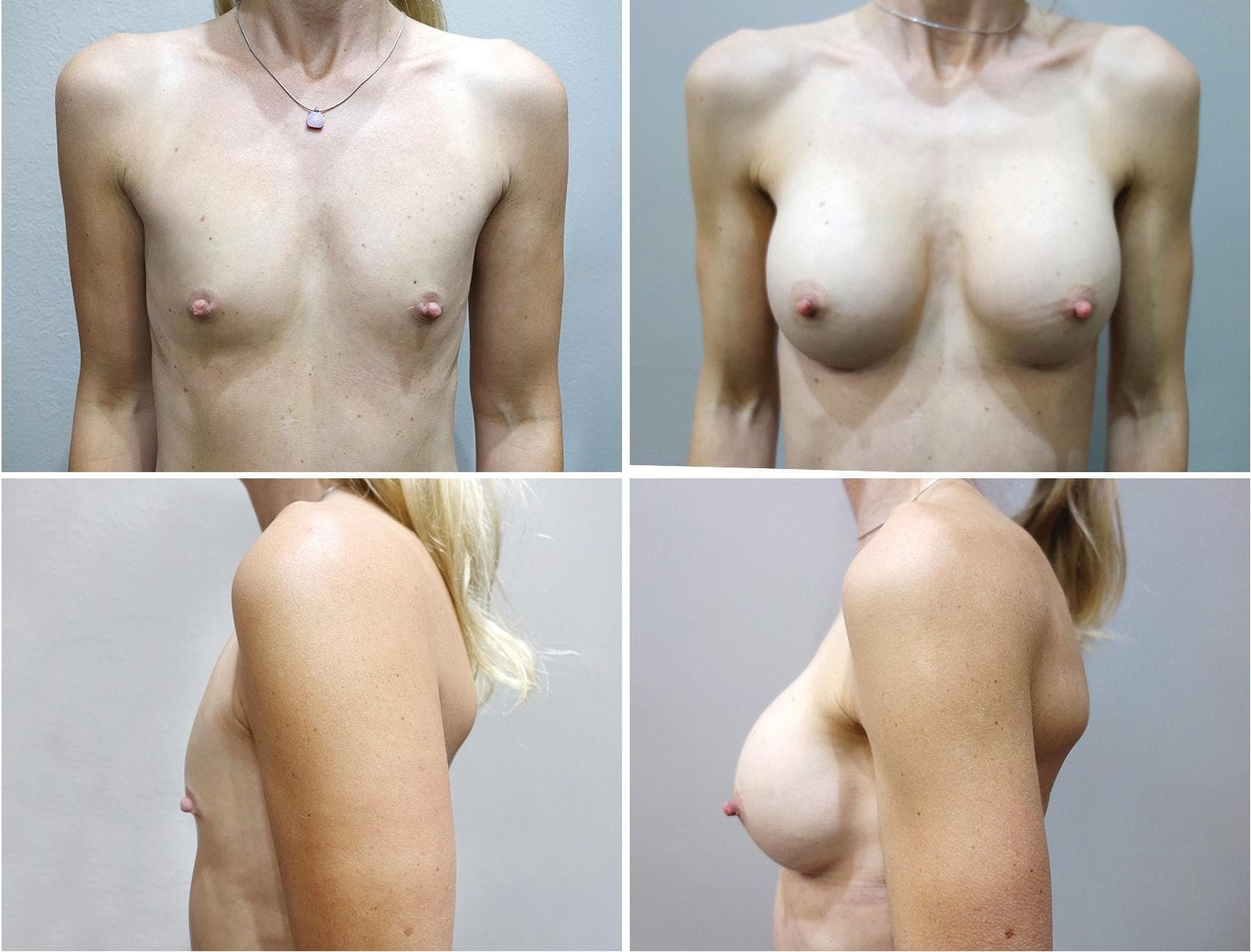
15 months since surgery
379ml of fat to breasts
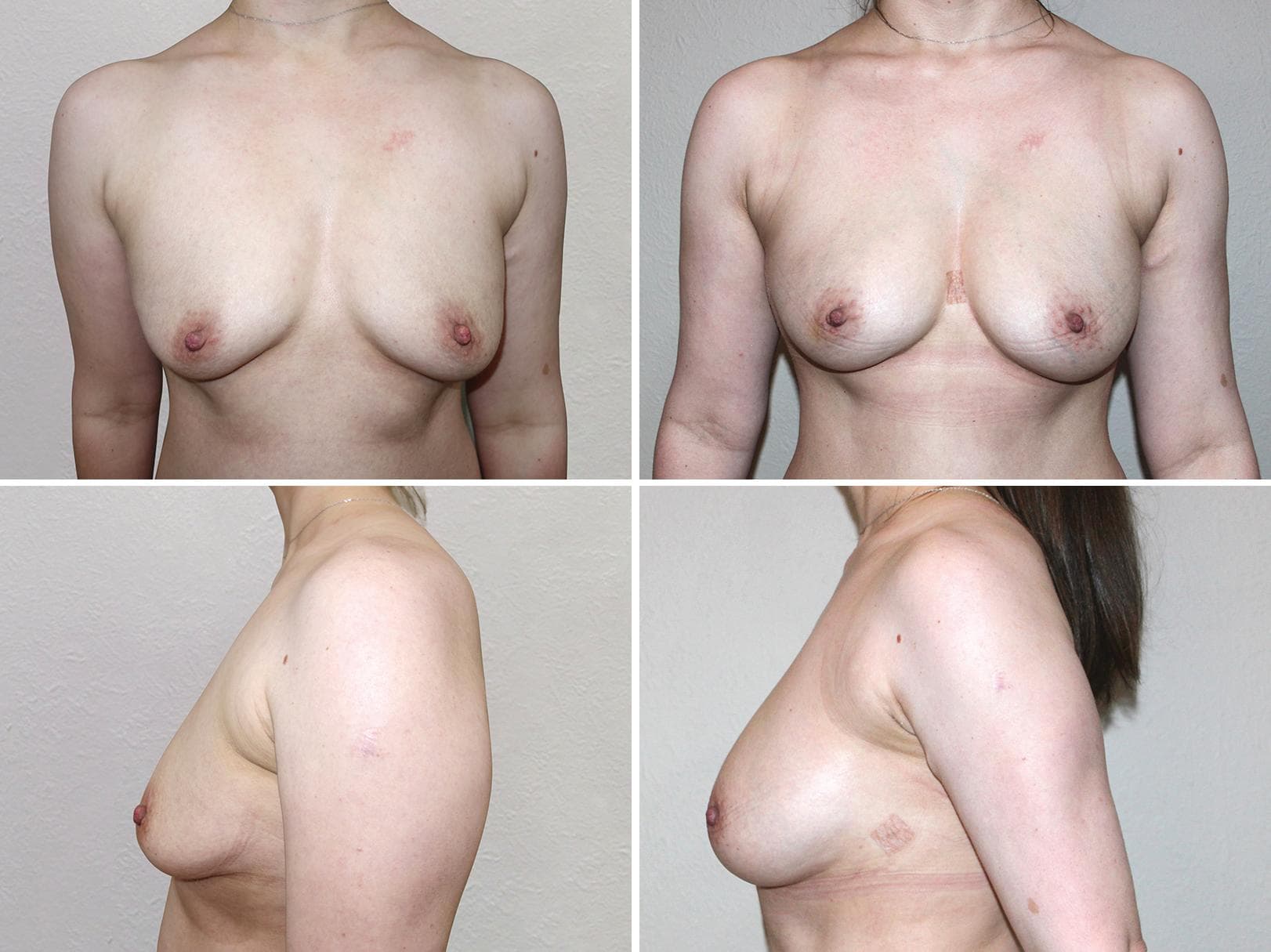
24 months since surgery
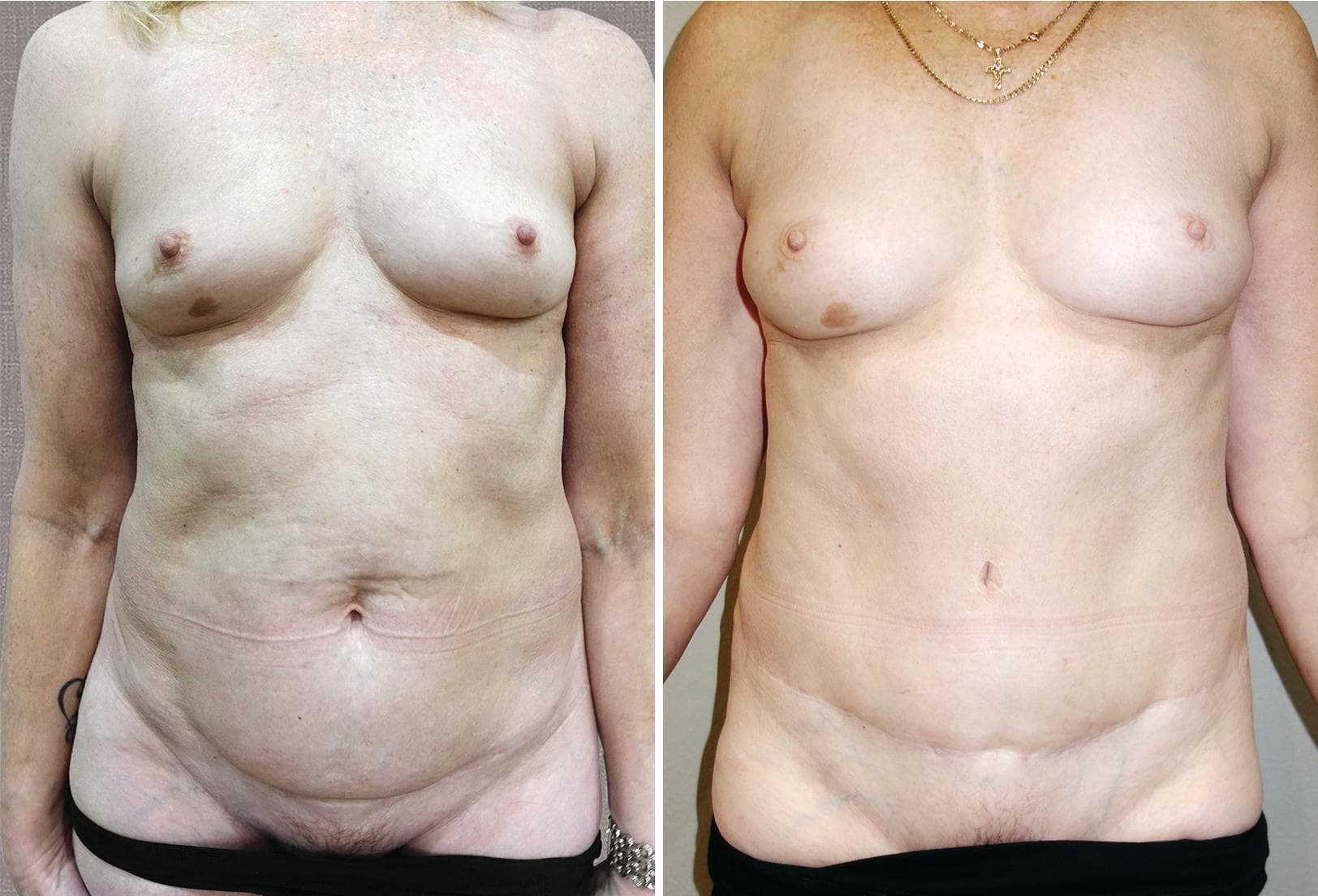
2 months after surgery
335cc SilkSurface Egronomix Round
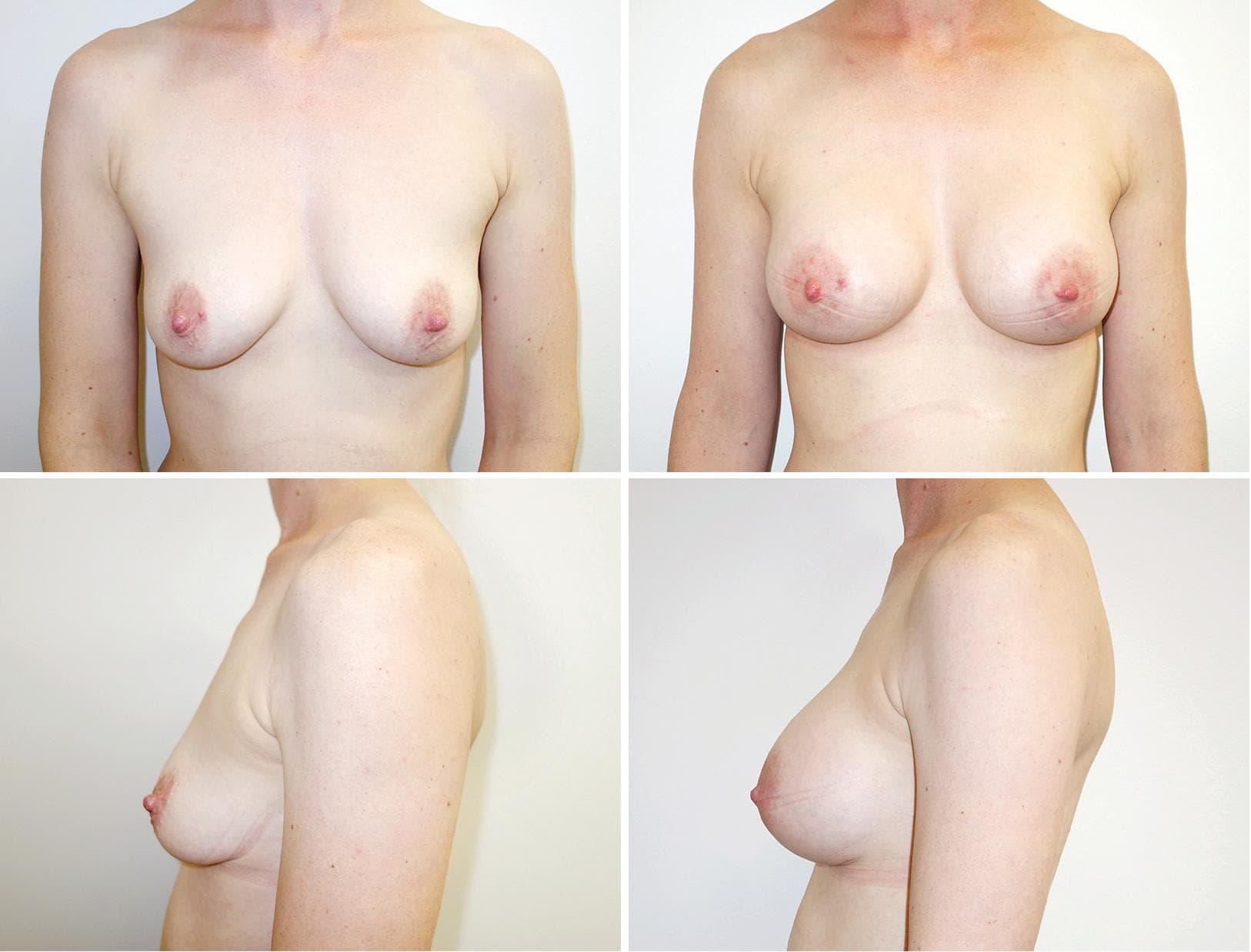
6 months after surgery
350cc Smooth Round High Profile Cohesive 1
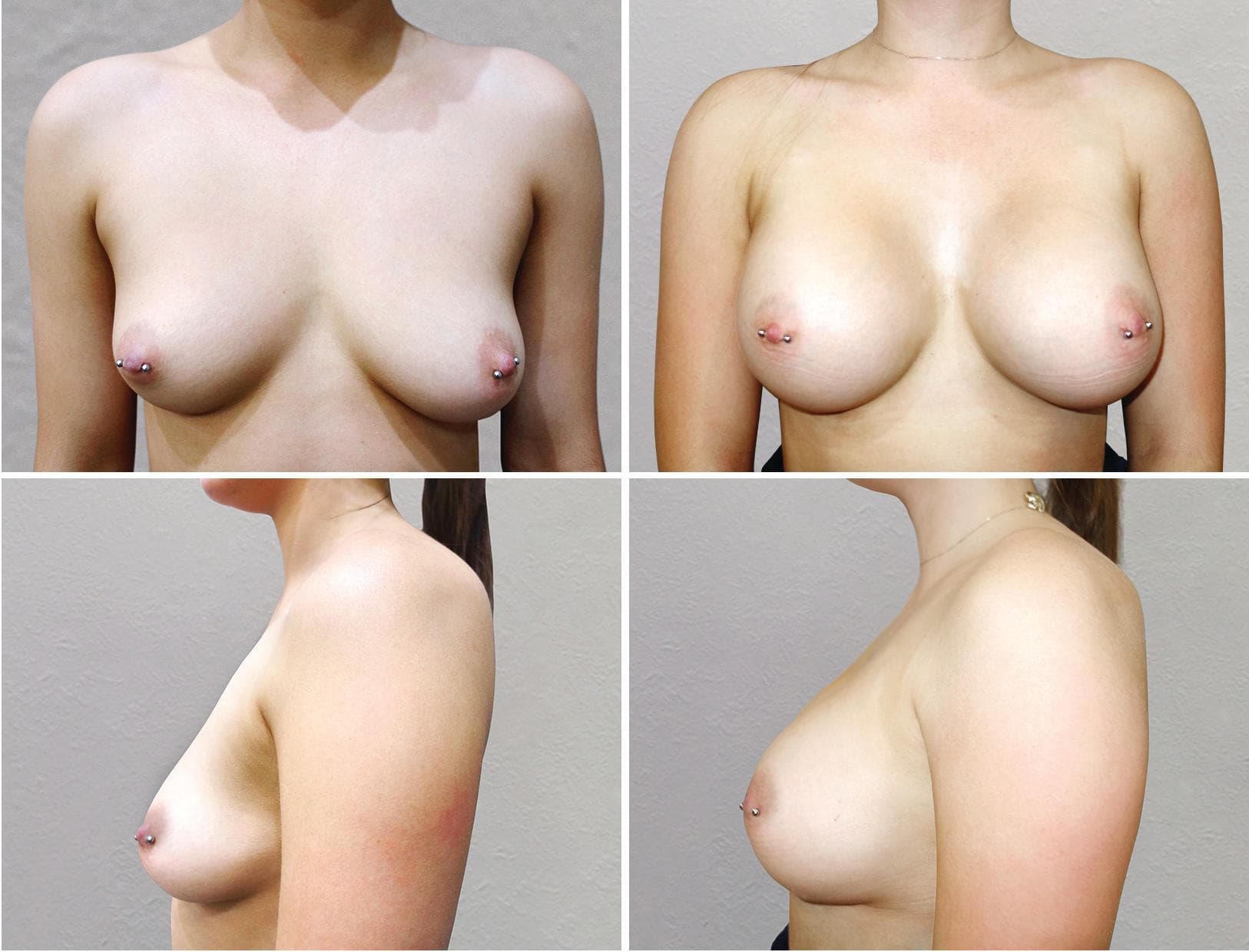
12 months after surgery
375cc
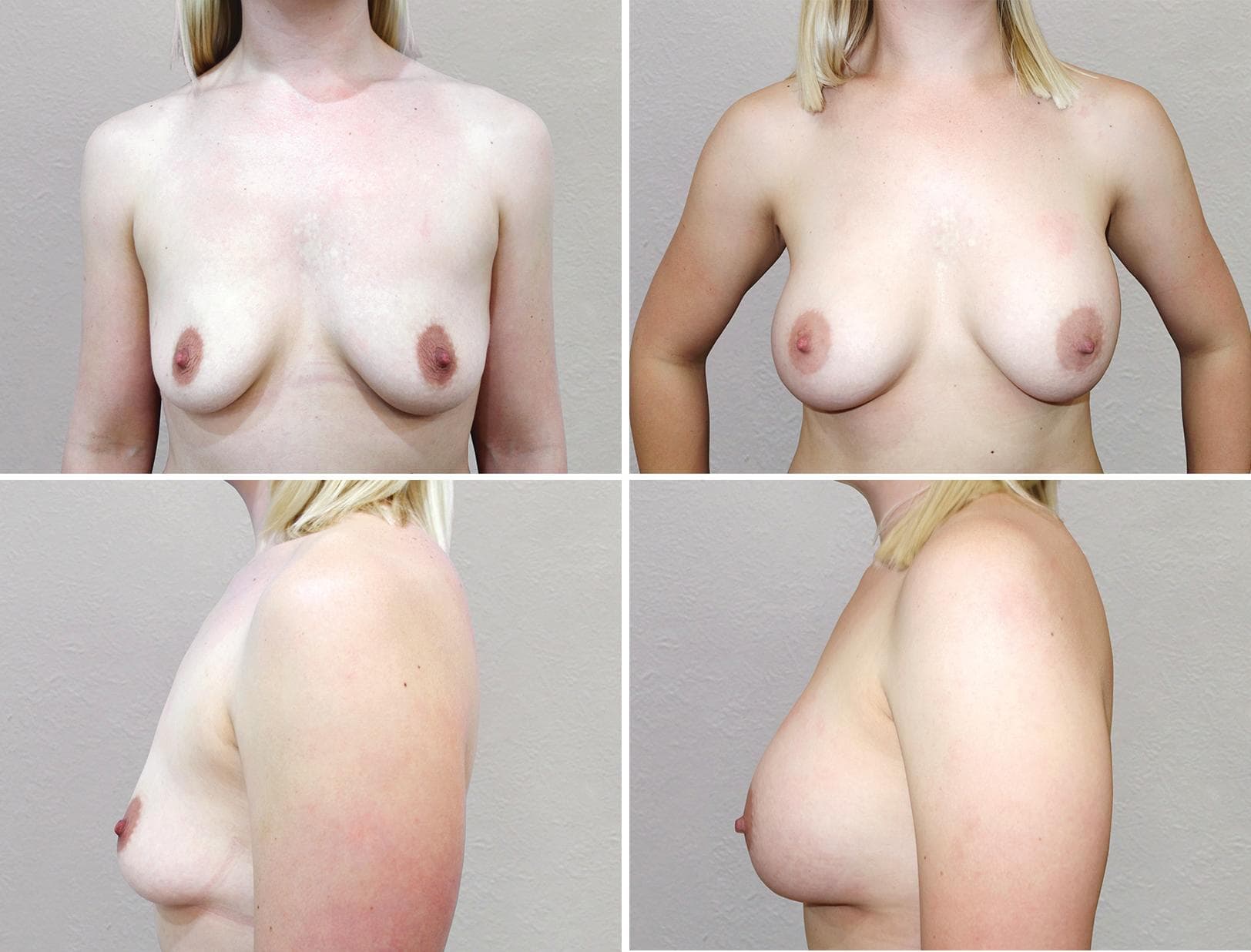
5 months after surgery
R)275cc L)300cc
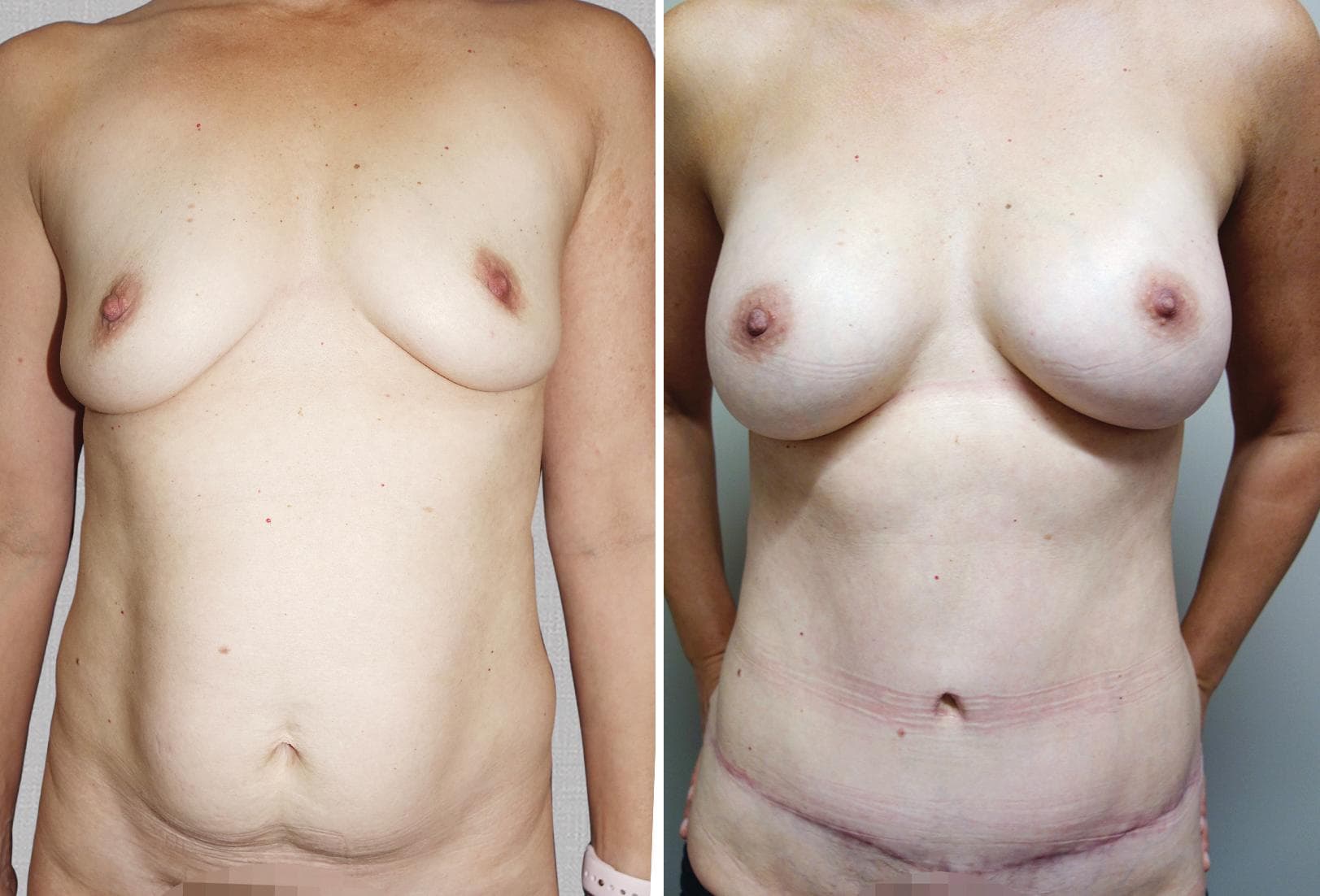
9 months since surgery
350cc Smooth Moderate Plus Profile
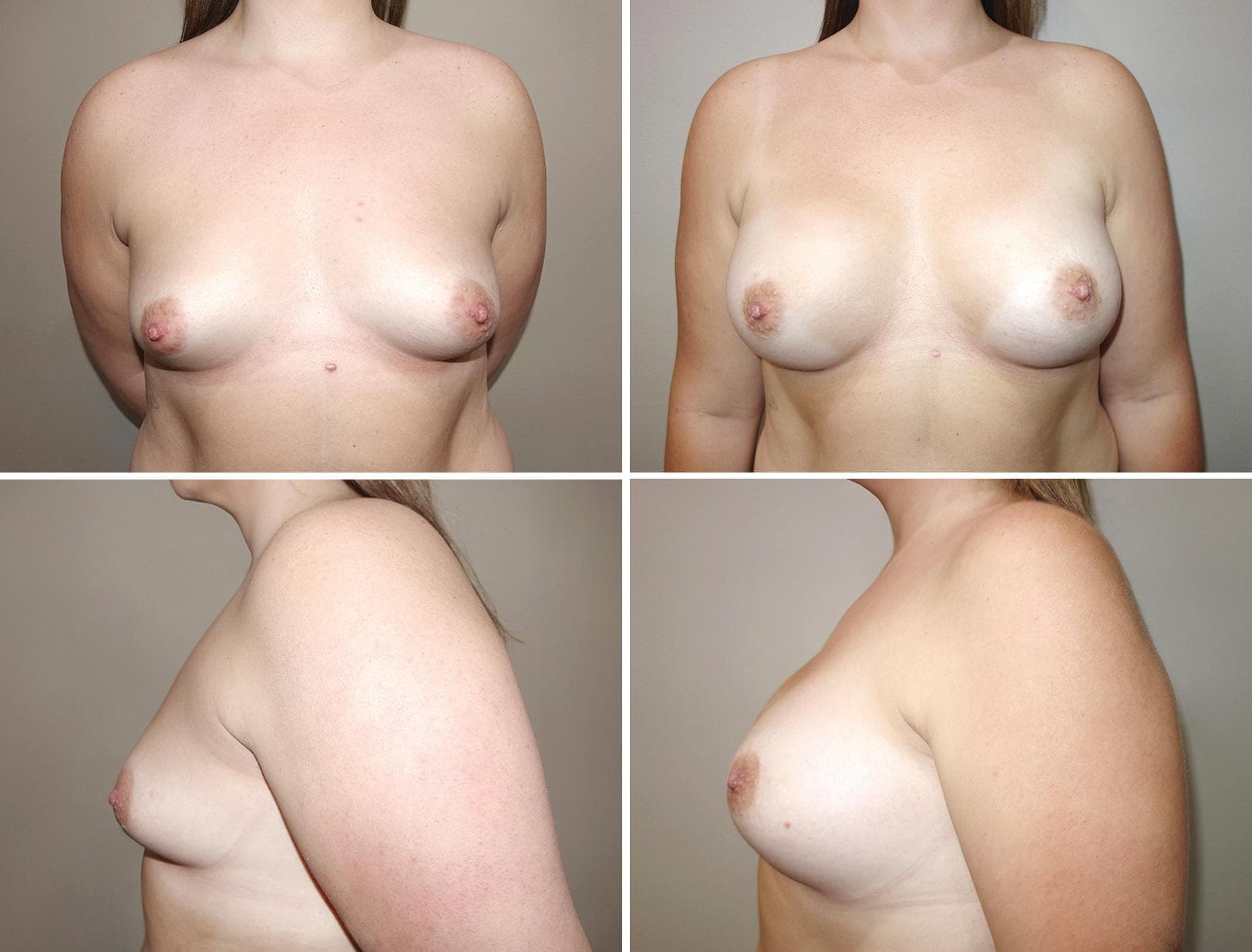
24 months since surgery
375cc Smooth Round High Profile
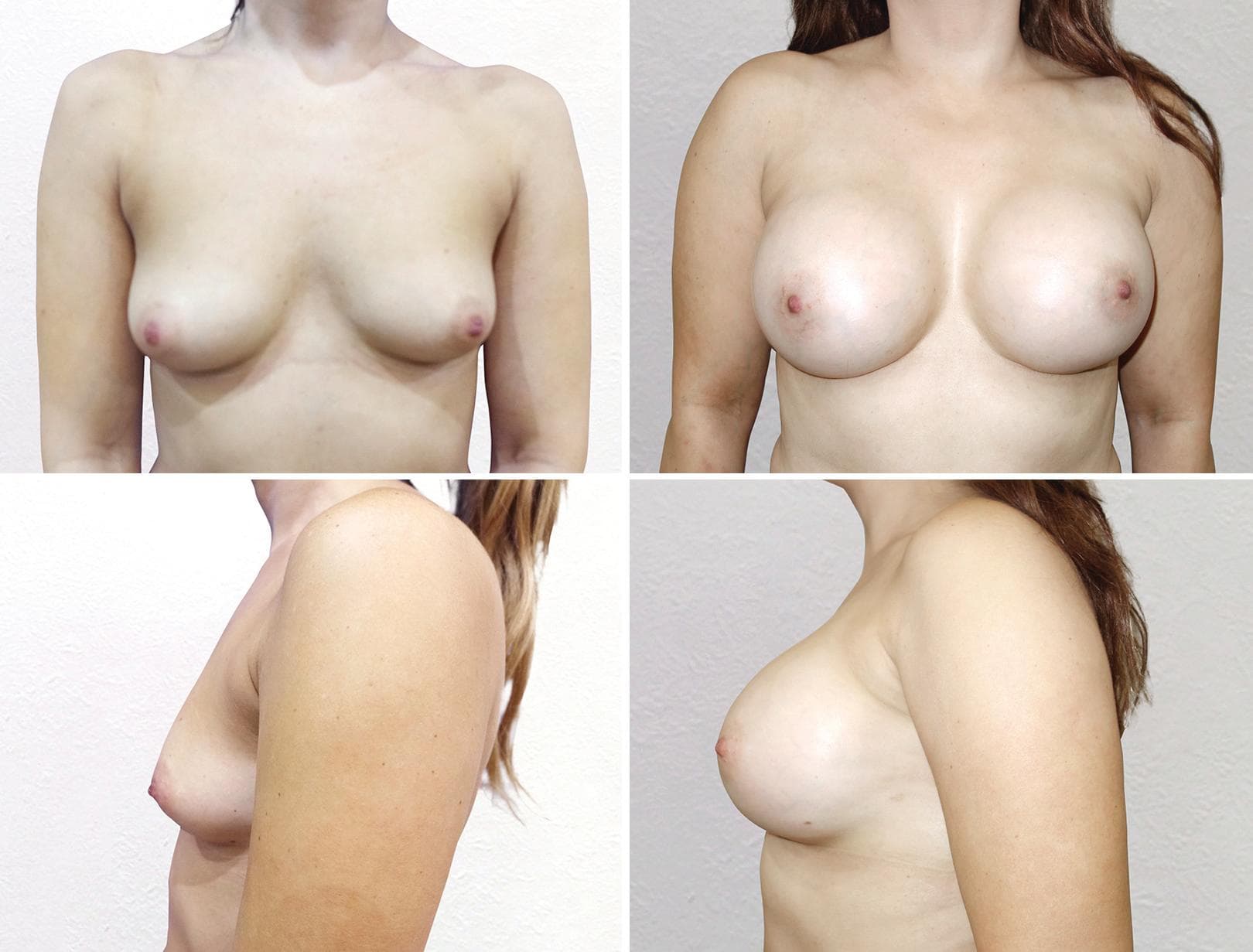
9 months since surgery
300cc
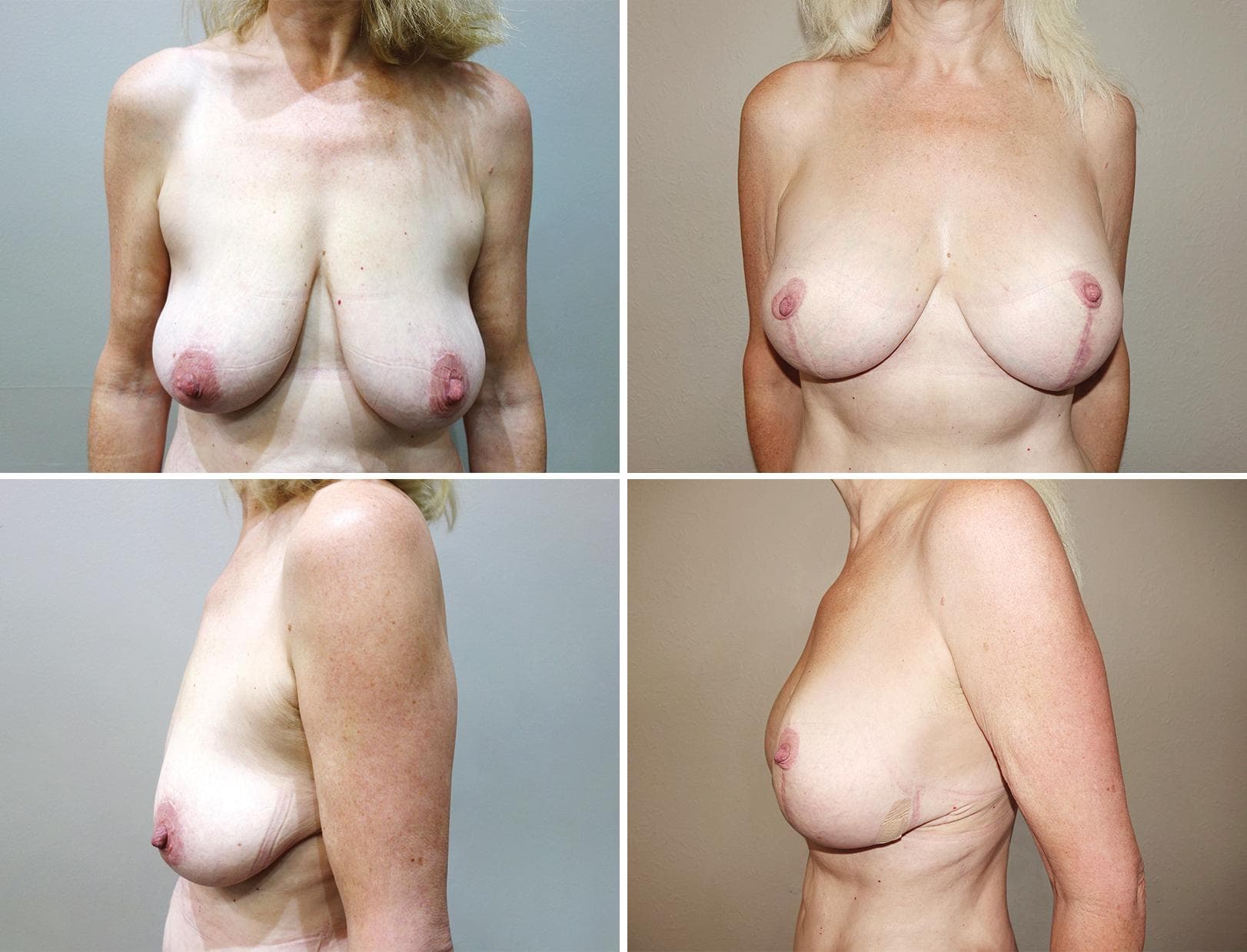
12 months post surgery
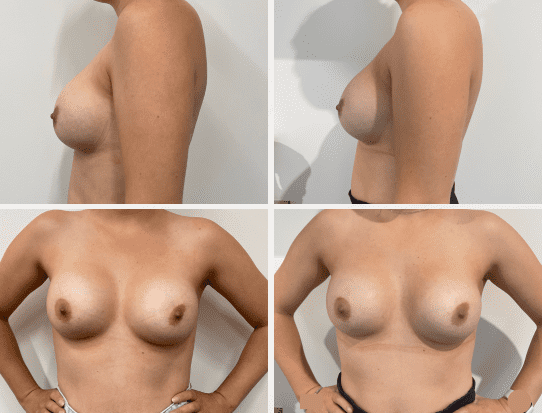
10 months post surgery
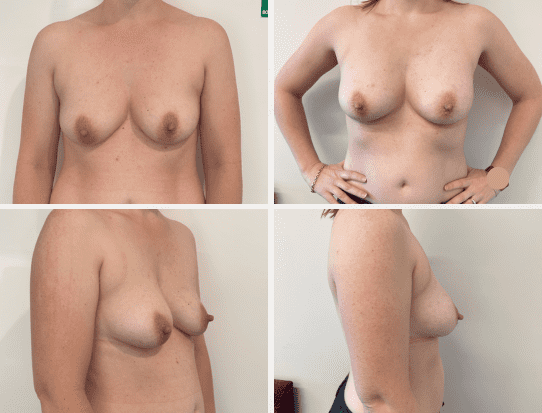
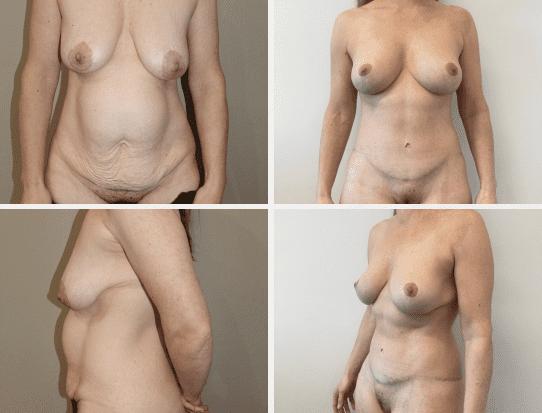
12 months post surgery
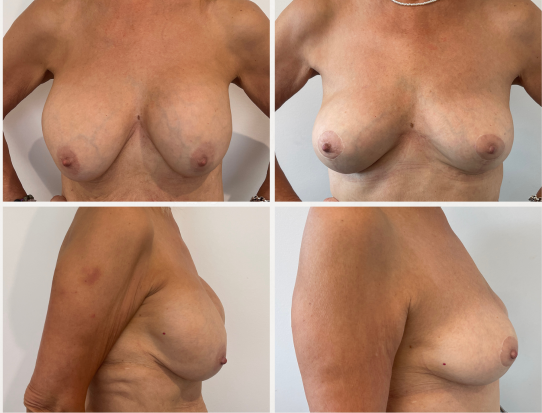
Q. What can I expect at my first consultation?
At your first consultation for breast augmentation, Melbourne based Specialist Plastic surgeon Dr Rebecca will discuss your surgical objectives, medical history, and lifestyle. This is your chance to ask questions about surgery procedures, surgery risks, the recovery process and aftercare protocol. Dr Wyten will outline the costs involved, and if you choose to proceed, you can arrange a surgery date. Additional consultations may be necessary before the surgery. Please read this page for more information about what to expect and what you will need to bring to your appointment.
Q. What is bilateral breast augmentation?
“Bilateral” simply means both sides, distinguishing it from unilateral (one-sided) procedures. Bilateral breast augmentation refers to the surgical procedure where breast implants are placed in both breasts. This surgery can be performed for various reasons, such as cosmetic modification or reconstruction after a mastectomy. The implants can be inserted either under the breast tissue or beneath the chest muscle, depending on the patient’s needs and desired outcome.
Q. How much time will I need to take off work?
The amount of time you should take off work after you undergo breast augmentation surgery can vary depending on your specific job and how your recovery progresses.
General guidelines are:
Always follow your surgeon’s specific advice, and understand that breast augmentation complications can occur, even with the best of care. They will give you the best recommendations based on your health and recovery progress.
Q. Is breast augmentation the same as a mastopexy (breast lift surgery)?
No, breast augmentation and mastopexy surgery are not the same.
Breast augmentation involves the insertion of implants to increase the size and change the shape of the breasts. This procedure is typically performed to add volume and fullness.
Mastopexy, on the other hand, is focused on lifting and breasts. It addresses issues like loss of skin elasticity by removing excess skin and tightening the breast tissue.
Breast augmentation generally changes the volume of the breast, while mastopexy focuses on positioning.
Q. What type of breast implant devices and shapes can be used with breast augmentation?
Breast implants come in a variety of shapes and materials to suit individual needs and preferences. The two main types of implants are saline implants and silicone implants.
Saline implants are filled with sterile salt water, while silicone implants are filled with a gel that mimics the feel of breast tissue.
Round implants provide volume and a more uniform shape, while teardrop implants (anatomical implants) offer a more sloped appearance, resembling the shape of a natural breast. The choice of implant shape and material depends on your individual body characteristics, which your surgeon will help you determine during a consultation.
Q. Will breast implants make having a mammography harder?
Breast implants can make mammograms (breast screening) more challenging, as the implants may obscure some breast tissue. However, experienced radiologists and technicians are skilled in performing mammograms on women with implants. To ensure the most accurate results, additional imaging views may be needed, and you may be asked to position your breasts differently.
It’s important to inform your technician about your implants before the procedure. Regular mammograms and breast health checks are still crucial for early detection of breast cancer.
Q. Where are breast implants placed?
Breast implants can be placed in two main locations:
The choice between these two options depends on factors such as breast anatomy, desired size, implant type, and the patient’s goals. Your surgeon will recommend the best approach based on your unique circumstances.
Q. What surgery technique is used for breast augmentation with breast implants?
An Inframammary Fold Incision is used during this surgery: An incision is made in the crease beneath the breast. It allows for implant placement with minimal visible scarring.
Q. When will I see the final results after fat grafting surgery?
It can take up to 3 months for the swelling after surgery to go down and to see your final breast shape and size. Sometimes multiple procedures are required to achieve your desired outcome.
Q. What is breast revision surgery?
Breast revision surgery is a procedure to correct or modify the results of a previous breast augmentation or other breast surgery. This surgery may be needed if there are complications, such as implant rupture, capsular contracture (tightening of the scar tissue around the implant), or if the patient desires a change in size, shape, or implant type.
It can also address issues like asymmetry or implant displacement. The goal is to achieve a more satisfactory and functional result, based on the patient’s current needs or concerns.
Q. Are breast implants covered by Medicare?
In most cases, breast implants are not covered by Medicare unless they are part of a medically necessary procedure, such as breast reconstruction after a mastectomy for breast cancer. If breast augmentation is performed purely for cosmetic reasons, Medicare will not provide coverage. However, it’s important to check with your healthcare provider, as there may be exceptions or special circumstances that could affect your eligibility for coverage.
Q. What results can I expect from breast augmentation with implants?
Breast augmentation with implants increases the size and volume of the breasts. The procedure can also address asymmetry and improve breast shape. The final outcome depends on factors such as your natural breast tissue, skin quality, implant size, and placement. Dr Wyten will discuss these elements with you during your consultation to tailor the procedure to your needs.
Q. What can I do to minimise scars after breast augmentation?
The most common incision location is under the breast (inframammary). This incision generally leaves a less noticeable scar. Following proper post-operative care is key to reducing visible scars after plastic surgery procedures. This includes keeping the area clean, avoiding sun exposure, and using silicone sheets or gels as recommended. Scars typically improve over time and can be treated further, if necessary, with scar revision techniques.
Q. How soon can I go back to work after fat grafting surgery?
This largely depends on the type of work that you do. Majority of patients can return to work within 2 weeks. Dr Wyten will give you a personalised return to work recommendation during your consultation.
Q. What are the scars like after breast augmentation with implants?
After Breast Augmentation surgery with implants, the scar placement is made under the breast (inframammary fold). Dr Wyten strives to make the scars as discreet as possible and locate them in areas where they are less noticeable.
Scars usually heal fully in 12-18 months and fade over time. Following post-operative care instructions will help optimise scar appearance.
Q. Can I breastfeed after breast implant surgery?
Breast implant surgery may affect your ability to breastfeed. Certain techniques can reduce the risk of not being able to breastfeed after this surgery, but these are not guaranteed.
Q. At what age can this surgery be performed?
Breast Augmentation is typically performed after breasts are fully developed, ordinarily around the age of 18 years or older.
Q. How long do breast implants last for?
It is generally recommended that breast implants be changed after 10 years, though this can vary based on each individual factors.